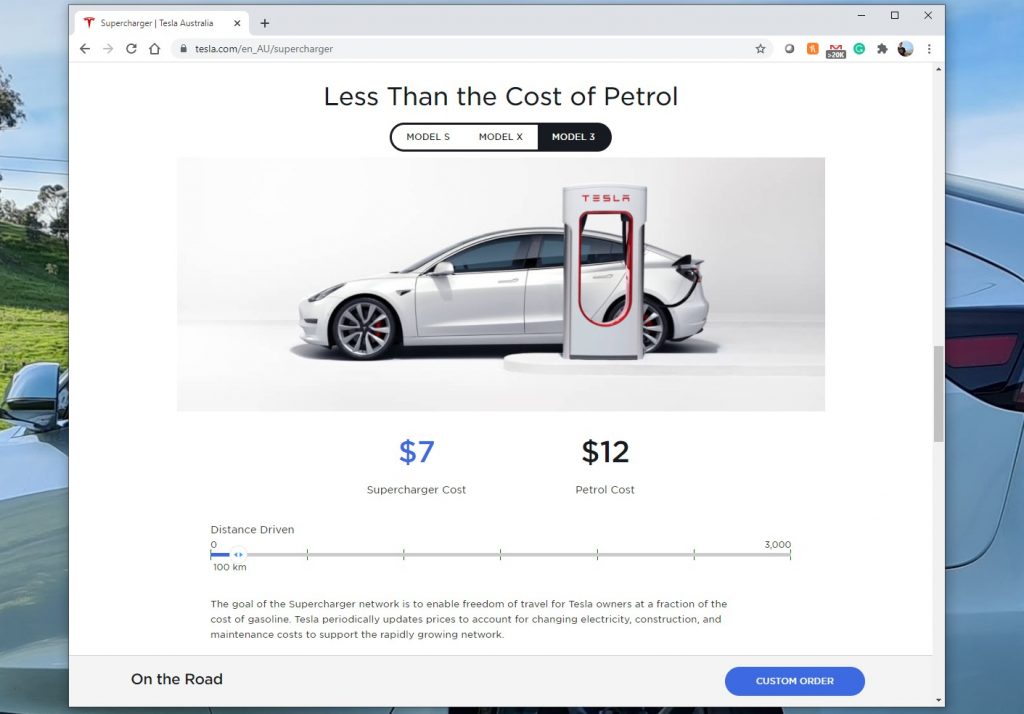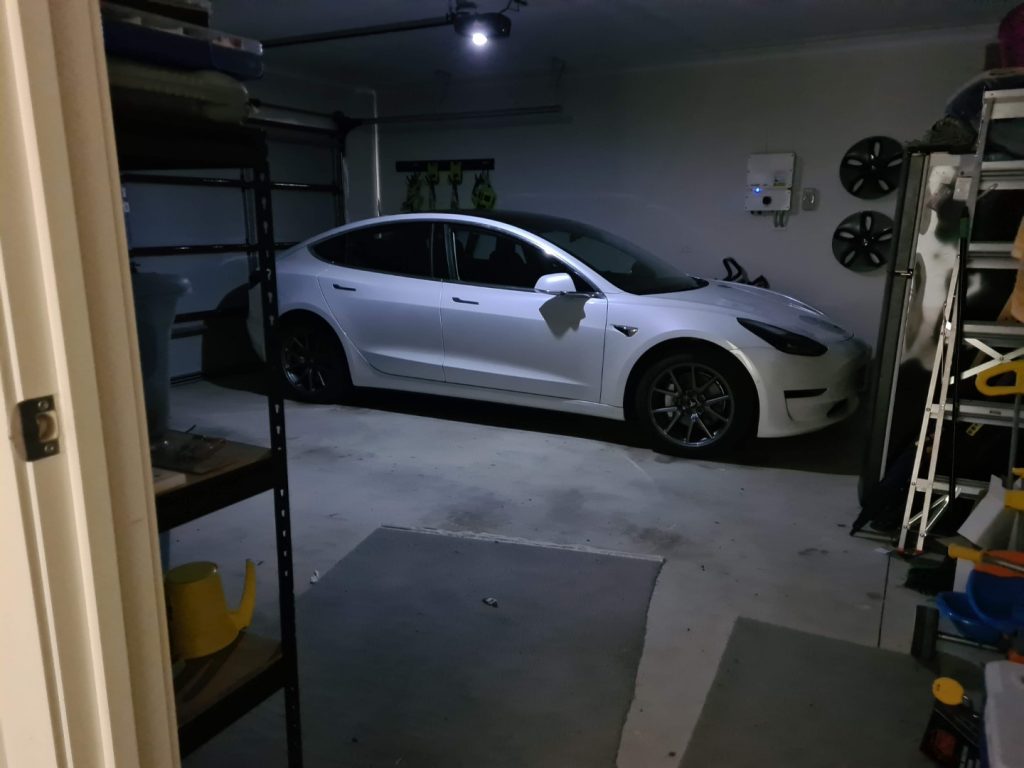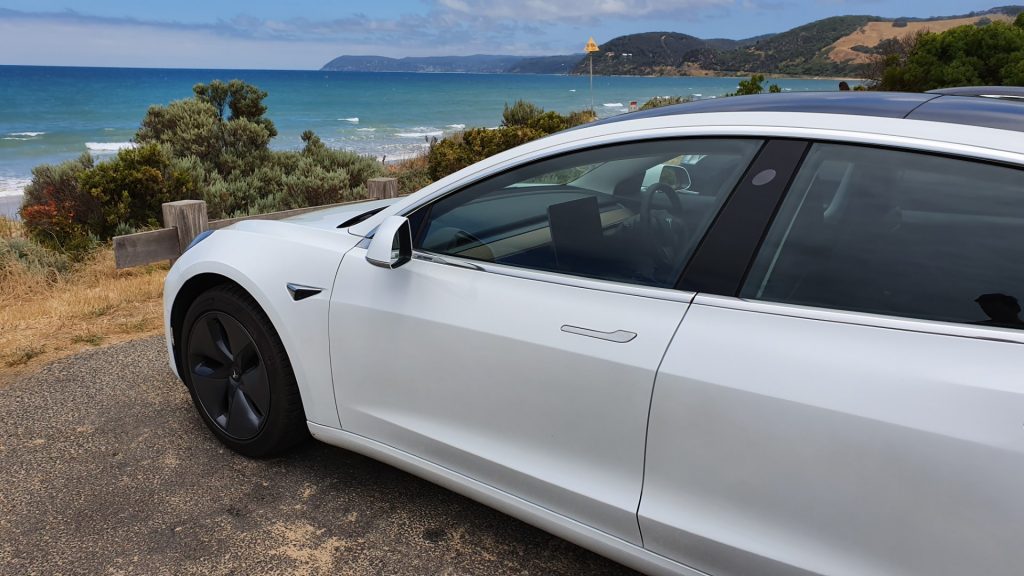
During the past week, an article from WhichCar has been doing the rounds online, essentially claiming that refuelling petrol cars is cheaper than recharging Electric Vehicles.
I’ve been sent a link to this article many times now and twice in the past 24hrs, so clearly people are believing it enough to share it to an EV owner. See the thing about owning an EV is that you get actual, real-world data as opposed to theoretical numbers you’ve positioned creatively to make a point that simply isn’t true.
Let’s start by the core premise of the article.. that Tesla Supercharging is now more expensive than petrol refuelling. While the WhichCar article was published on November 13th, I covered the price rise back on October 19th, so first off, great job on noticing almost a month later, probably took that long to come up with the linkbait headline.
The article start with a subhead of ‘Tesla’s “less than the cost of petrol” claim no longer cuts the mustard’. It’s clear from this we’re in for a long-winded justification of why petrol cars are better than EVs.


The Website
Next, we move on to claims of inaccuracies on the Tesla website. The Supercharger page includes a headline ‘less than the cost of petrol’ and allows the user to select between a Model S, Model Y and Model 3, each with different efficiency and range figures.
From there you adjust the slider to nominate a distance, for example, a road trip you may be planning at Christmas. Starting at 100km to make the math easy, the price to travel in a Model 3 using Supercharging would be $7 vs $12 for petrol according to Tesla.
According to data from the ABS, there were 19.8 million registered motor vehicles in Australia as of Jan 31, 2020. 14.67 million of those were passenger vehicles. Given the volume of vehicles, from more than 50 manufacturers, the only way to provide a single value to power the slider on Tesla’s website is to make an assessment of what an average litres per 100km efficiency number is. Tesla clearly states they used 7L/100km.
When it comes to the price of the fuel, then we have to account for a massive price differential all around Australia and between city and country. For this Tesla also takes an average and clearly states that they’re using A$1.75.
It’s also worth noting Tesla isn’t leveraging a live API to dynamically average this number, they tend to update the content on their site infrequently and this could be improved by having a live connection to Australia’s average fuel price, however, live national datasets are still problematic.
The ACCC has a great article that explains the dramatic fluctuations in fuel prices both weekly and throughout the year. There are often massive supply and demand waves that occur in the fuel industry, particularly impacted by holiday events like Christmas where you’ll pay much more to travel. This fluctuation doesn’t occur day-to-day, week-to-week, or month-to-month with when charging our cars.
This change in price from Tesla for Supercharging is rare. It is expected that the additional revenue raised, is likely being re-invested in building new Supercharging locations as per the map on their website and the upcoming V3 superchargers that can further reduce recharging times.
Now if you look at the efficiency number and the price per litre number, and determine that doesn’t match the numbers associated with your vehicle or your location, then you have all the data you need to bust out Excel or Google Sheets and perform some 4rd-grade maths on your own.
The idea of this Supercharger page is to help those considering an EV purchase to understand what charging costs would be, when performing the occasional, long-distance drive.


Real-world data
On November 16th, I recharged my Model 3 from the Wodonga Supercharger and took on 336km of range, at a price of A$27.56.
This means if we take the A$27.56 and divide it by the 336km of range, we get the price per km which works out to be A$0.082c, multiplied by 100 to get to the 100km figure which would have cost A$8.20.
In the article, the author uses calculations based on the Standard Range Plus, while I’m driving the Performance- variant. He arrived at the conclusion that it would cost A$9.78 per 100km using the Supercharger, which as you’ve just seen, is not at all accurate.
Also in my Wh/km, averaged across 15,540 km, shows I’ve consumed just 172 Wh/km, which correlates to 17.2kWh/100km, far less from my Performance model, than his stated figure of 18.8kWh/100km from a SR+.




He then goes on to compare it against the BMW 330i, presumably because the M3 is often seen as a rival to the Model 3. Fair enough, but he quotes 5.8L per 100km figures from a 2020 model, so is the theory here that someone just bought a brand new BWM 330i, then realised they’ve made a horrible mistake and are now considering buying a Tesla?
The next comparison is against a hybrid which we know has great fuel efficiency, so using his maths, yes is cheaper. The massive problem I have here is context. There’s a single line that simply states:
‘While EVs have always cost more than their rival internal combustion engine cars, the promise of lower running costs has been a key part of the appeal.’
That doesn’t really adequately address what’s happening in the EV space right now. In the past week, we’ve just seen the cheapest EV announced for Australia, in the form fo the 2021 MG ZS EV at just A$43,990 driveaway. Then there’s the recent announcement from Tesla back in September that they’re focused on manufacturing and battery improvements mean they’re aiming to deliver a car worth US$25,000 in just 3 years (with Autopilot)
The broader problem is that the running costs of an EV are dramatically lower and that’s more than just charging. The total cost of ownership of an EV is also the result of a result of far fewer moving parts in the car that need servicing.
After having my Model 3 for 14 months and 17,600 kms, I’ve spent exactly $0 on servicing. Had I kept my Mitsubishi Lancer for another year, I would have seen at least another $400.
In the longer term I will need tyres, just like any other car, but there’s no spark plugs, oil, air filters, timing belts, starter motors, gearbox, clutch and the list keeps going on. Even the brakes barely wear out, with most of your speed being arrested thanks to regenerative braking that takes the kinetic energy and feeds in back into the battery for more range.
This is the detail on reduced ongoing costs that was simply lacking from the article.
My other big issue with hybrids is that their making cars more complex, running both petrol and electric systems, rather than simplifying. This also removes many of the great benefits of EVs, like the flat rear floor, making for a more comfortable ride for rear passengers, or more storage under the hood, from the space provided by removing the engine.


Most Electric Vehicles charge at home, most of the time
The main failure of the WhichCar article, every EV owner understands that Supercharging is used occasionally, for faster charging, which yes, now costs A$0.52c per kWh instead of the older A$0.42c.
Most of an EVs charging will be done at home, in your garage, priced at whatever you pay for power. You have many options of electricity providers who offer different rates and can also find off-peak rates that mean you spend just a couple of dollars per night to replace the pre-COVID average of 41km travelled per day.
When you’re not at home, you can also find destination chargers, which take longer but can often be free at locations like shopping centers, wineries, hotels and other enterprising businesses. The idea here is that the profits earned inside the business far outweigh the few dollars a customer could ever use in electricity while charging their car. This simply isn’t available to petrol, diesel, or gas vehicles.






3rd party charging
Australia’s charging story really has come a long way in the past few years, with networks like Chargefox, NRMA and Evie, the locations of which can be found on Plugshare.com.
Charging at Chargefox ultra-rapid chargers (up to 350kW) costs A$0.40, a full A$0.12 less than Tesla’s new rate. This shows that as recharging networks expand in Australia, competition is ultimately great for consumers. Potential Tesla Model 3 buyers, should be made aware that while you can access the Supercharger network, you’re definitely not locked to it and anywhere with a CCS2 charger can be used.
This fact was omitted from the WhichCar article.


Charging for free, from the sun
The Australian PV Institute data shows that as of September 30th, 2020, more than 2.56 million PV installations have occurred in Australia, with a combined capacity of over 18.5 gigawatts.
This presents an opportunity for the home owners who have solar, to use that free power from the sun, during the day, to charge their EV. One of the biggest possible upsides from COVID-19 is the increase in flexible working arrangements.
This means many more Australians are spending some of their working week at home during the day. By charging during the day, the cost of recharging your car, could be $0, compared to the couple of dollars overnight.
Of course, if you do use this method to charge your EV, the extra power you draw, would mean you’re not sending (or at least not as much) power back to the grid. Depending on your solar system size, this may eliminate the Feed-in-Tariff (FiT) while your vehicle is charging.
In my instance, this is just A$0.12/kWh in VIC, compared to the A$0.3071992 per kWh I pay to draw power from the grid. You’ll need to do your own calculations, but this translates to be one of the cheapest ways to charge your car.


Conclusion
There are a lot of permutations when it comes to comparisons, but none of them equal an ICE vehicle being cheaper to run than an EV, so let’s put that to bed.
Price parity between EVs and ICE vehicles is coming fast and is expected to arrive somewhere around 2024/2025 and once that occurs, you’ll walk into a dealer (if you haven’t already bought your EV online), and have a choice between two cars, one that’s expensive to run and one that’s really cheap, at that point which will you buy?
The new 2021 Tesla Model 3 Long Range is rated for 657km (est) and we know the performance is off the charts, so we’re rapidly approaching a world where a car that’s faster, goes further and costs are the same or better over the life of the vehicle.
Even today, the cost of recharging an EV is somewhere between a 1/2 to 1/3rd the price of refuelling. Add to that the almost non-existent service cost and you can easily account for $5k in price difference today.
While a Tesla may not be in everyone’s budget today, this isn’t the end of the story, they are acutely aware that the transition to sustainable energy only happens when people can afford the price of admission.
If you’ve enjoyed this article, make sure you spread the word by sharing it with your friends and family and help correct the record.

I recently drove from the Gold Coast to Townsville (1441 km) in a Tesla M3P Stealth. Normally, when charging at home, the electricity is free from solar surplus. On the road the costs were: Tesla Gympie supercharger $18.90, thereafter using ChargeFox at Childers ($3.63), Rockhampton ($6.31), Marlborough ($6.31) and Mackay ($4.10), Bowen ($9.14) and Townsville ($3.08). We also used an extension lead from the three AirBnBs we stayed in overnight when we were on the road. Total cost $51.47. Approx $3.60 per 100km.
Of course, you can also charge for free while shopping at many commercial centres around Australia. (Stocklands and Westfield in my area)
I even had a full, free recharge while bushwalking in the Blue Mountains using a destination charger in Katoomba.
so much stuff wrong with this article.
Please enlighten us.